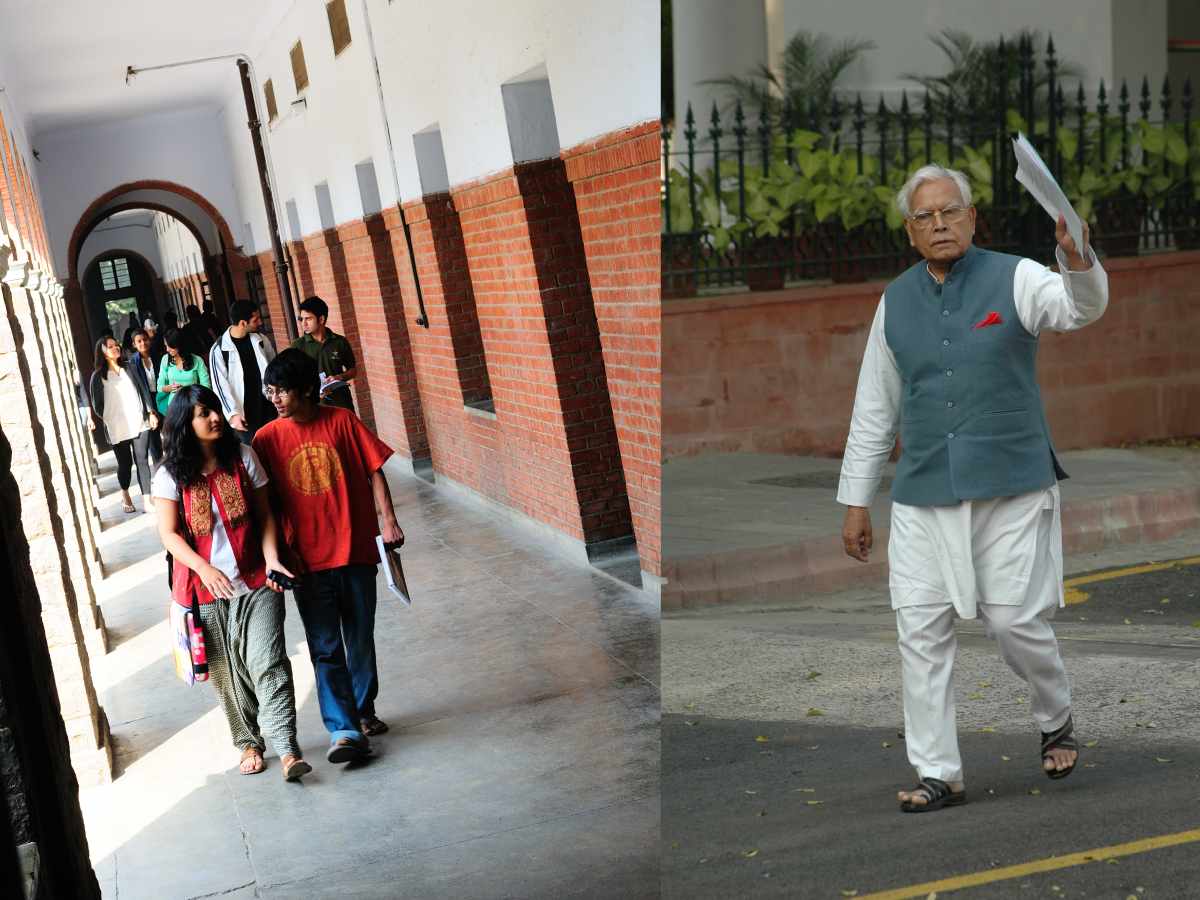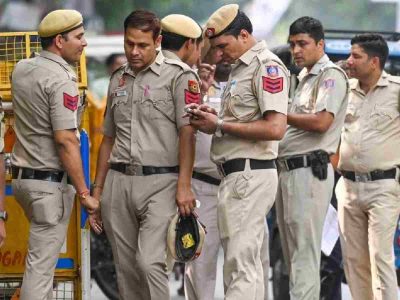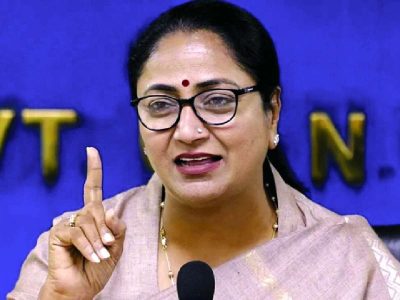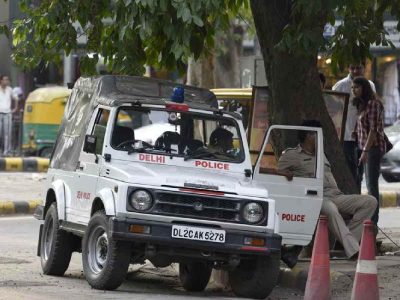DU college: When Natwar Singh was India’s High Commissioner to Islamabad in the 1980s, he became very friendly with Zia-ul-Haq, the then President of Pakistan. St. Stephen’s College connected Natwar and Zia as both were ex-students of the college.
Natwar, who also served as India’s Foreign Minister, died on August 10 in Gurugram. Back in 1981, when St. Stephen’s College celebrated its centenary in a grand style, he requested Zia to write an article for the college magazine.
In his highly readable autobiography One Life Is Not Enough, Natwar writes, “I requested Zia-ul-Haq to write an article for The Stephanian, the college magazine. The Stephanian was publishing a special issue. He readily wrote an article for it about his days at the college.”
Also read: Giving a touch of style to Bollywood heroes (and villains) for the last five decades
He also wanted to attend the centenary celebrations of St. Stephen’s College. However, Prime Minister Indira Gandhi was not giving the green signal for his visit to India. Zia studied at the college from 1941 to 1945.
Natwar further wrote, “A group of teachers and students from the college, led by the college principal, Mr Rajpal, came to Islamabad. I took them to meet Zia-ul-Haq. They brought a memorable gift for him. They gifted him a photograph of him standing with his classmates of St. Stephen’s college. Zia could not afford to buy this photo because he was short of money during his student days.”
Of course, the military dictator was very emotional after seeing that memorable photo. That was the time when he had earned the reputation of a very tough ruler as he did not listen to the world to pardon Z.A. Bhutto from death sentence.
Zia’s desire to visit the college was fulfilled in 1981 itself when he came to the Capital to attend the Non-Aligned Summit. Professor Mohammad Amin, the legendary teacher of history of St. Stephen’s College, once told this writer in his Oxford Apartments flat of IP Extension, “It was a day to remember for the entire Delhi University fraternity when Pakistan president Zia-ul-Haq came to his alma mater with Natwar Singh. He visited his Mukherjee Hostel room as well as the room of the college Principal. He enquired about David Rajaram, the college Principal during his student days.”
Natwar joined St. Stephen’s College in 1948. He joined the elite Indian Foreign Service (IFS) in 1953. It is believed that he was perhaps the first student of St. Stephen’s College to join IFS.
Also read: Delhi: Finding ‘Buniyaad’ in Lajpat Nagar
He wrote in his autobiography that he went to listen to Prime Minister Jawaharlal Nehru’s Independence Day address to the nation from the Red Fort on August 15, 1948.
“Natwar Singh was an epitome of knowledge and always remained in touch with both St. Stephan’s College and Delhi Brotherhood Society (DBS), which established the college. He was also the President of the college’s students union and was a very accomplished sportsman. He was a shooter and played cricket. We members of DBS are feeling shelterless after his demise,” says Brother Solomon George of DBS.
Well, the Capital held a special significance in Natwar’s life. He married Hemendra Kaur, daughter of Maharaja Yadavindra Singh of Patiala, on August 21, 1967, in Patiala House. There was no district court at Patiala House at that time.
Natwar’s brother-in-law is former Punjab Chief Minister Amarinder Singh. Amarinder along with his father, Yadavindra Singh, and younger brother, Malvinder Singh, spent lot of time in Patiala House when it was in the possession of his family till late 1960s.
Patiala House was built under the watchful eyes of Yadavindra, who served as the President of Indian Olympic Association from 1938 to 1960. He was instrumental in organising the 1951 Asian Games. He was a noted horticulturist by passion and later served as Chairman of Indian Horticulture Development Council.
Actually, the British government allotted a piece of land to the Patiala Royal family to build their house in the Capital in 1935. Bhupinder Singh was the ruler of Patiala state during those days.
In his book Delhi’s palaces tell many tales, Sumanta K. Bhowmick wrote that the British government had also given a plot to the Patiala royal family at Hauz Qazi after the first war of independence in 1857.
That building is in ruins now. Bhowmick says that the Jammu and Kashmir House at 5, Prithviraj Road was also the property of the royal family of Patiala before they sold it to the J&K government. Meanwhile, after his marriage, Natwar lived with his wife in a government flat on Lodhi Road. Alas, just a couple of miles away from Patiala House and Lodhi Road, he was consigned to flames in the presence of his friends, family members, admirers and colleagues at the Lodhi Road Cremation ground on August 12.





